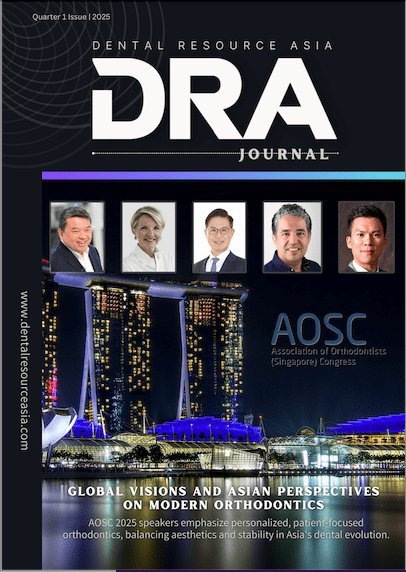New Research Reveals Neural Origins
CHINA: A recent study published in the International Journal of Oral Science has revealed significant findings about the temporomandibular joint (TMJ) and its relationship with nerve systems. The research, conducted by Professor Kai Jiao’s team at Tangdu Hospital of Airforce Medical University, provides evidence supporting the classification of TMJ as a “neurogenic joint” due to its development from neural crest cells originating in the neuroectoderm.
Impact on TMJ Osteoarthritis Understanding
The study, published on January 7, 2025, focuses on temporomandibular joint osteoarthritis (TMJ-OA), a condition affecting over 40 million patients in China. TMJ-OA causes significant orofacial pain, impacting basic functions like chewing, speaking, and swallowing. The research specifically examines the interaction between sympathetic and sensory nervous systems in pain regulation.
Key Findings and Mechanisms
The research team discovered that during TMJ-OA development, sympathetic nerve innervation in the condyle’s subchondral bone increases before sensory nerve growth. These sympathetic nerves release norepinephrine (NE), which promotes sensory nerve growth and activation in the condylar subchondral bone. This process can occur either independently or in conjunction with other neuroactive factors such as netrin-1 and prostaglandin E2 (PGE2).
Professor Jiao emphasized the significance of these findings, stating: “Our study is the first internationally to uncover a novel mechanism through which the interaction between sympathetic and sensory nerves promotes TMJ-OA pain via bone-sensing effects. This discovery provides precise targets for clinical interventions aimed at treating TMJ-OA pain.”
Future Directions
The research suggests potential new therapeutic approaches for TMJ-OA pain management. By targeting the newly discovered sympathetic-sensory nerve interaction, clinicians may develop more effective treatments for the millions affected by this condition. The study was supported by various grants from the National Nature Science Foundation of China and the National Key Research and Development Program.
The findings were published in the International Journal of Oral Science, a peer-reviewed journal focused on oral science and interdisciplinary fields, under DOI: 10.1038/s41368-024-00336-6.
The information and viewpoints presented in the above news piece or article do not necessarily reflect the official stance or policy of Dental Resource Asia or the DRA Journal. While we strive to ensure the accuracy of our content, Dental Resource Asia (DRA) or DRA Journal cannot guarantee the constant correctness, comprehensiveness, or timeliness of all the information contained within this website or journal.
Please be aware that all product details, product specifications, and data on this website or journal may be modified without prior notice in order to enhance reliability, functionality, design, or for other reasons.
The content contributed by our bloggers or authors represents their personal opinions and is not intended to defame or discredit any religion, ethnic group, club, organisation, company, individual, or any entity or individual.

